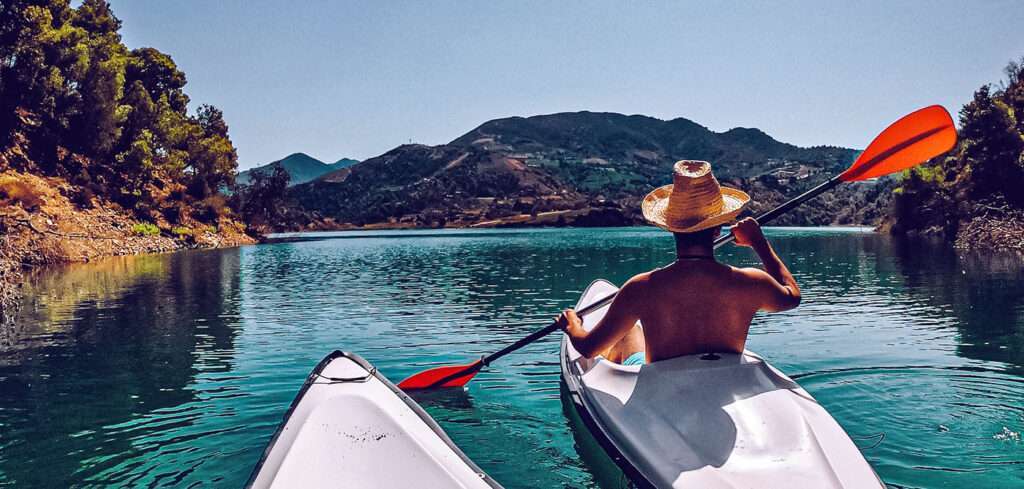As a coach, being aware of social anxiety & social anxiety disorders and being prepared to work with them, will make you a better coach for every one of your students.
Kayak classes can involve some horribly uncomfortable moments for the non-social-butterflies among us. Even just being asked to partner off can bring back childhood nightmares of school dances and picking teams. Not to mention the classic way-too-close “posterior in the face” positions we get into with strangers while wiggling our ways through shakey rescues! Then there are all those things coaches make you do to “break the ice” such as; introductions, stretches, warm ups, silly games & role-play. Everything you can think of to trigger off a raging case of social anxiety!
Not everyone is an extrovert. Not everyone is an actor. AND yet, more often than not, coaches force everyone by command and peer pressure to participate in social games and role playing without a care to how our individual students actually FEEL about these interactions with other adults. Sure everyone participates. But not everyone is learning.
Now here’s the thing; Social discomfort & anxiety are normal for everyone. But for some, more than you may realize, social anxiety is (As the ACA Instructor’s Manual on page 27 refers to.) a “Barrier To Learning”. As a coach, recognising these issues and working with them is every bit as important as every other “Barrier To Learning” listed in the handbook. Would you ignore a student’s fear of water?
Students with social anxiety issues may communicate with you just fine on a one-to-one basis or even in a small group. Different people have different pressure points. I’ve seen students be downright chatty until the full group arrives, then like a ninja, they slip unseen into the background when the rest of the class arrives. Folks with anxiety issues will often come with a friend who can run interference for them throughout the day. They often struggle when asked to demonstrate a skill but will perform better when they think nobody’s watching. They will often hang to the back of the group which is easy to spot on the water! Many coaches think they are doing a good thing by calling out students floating in the back, but they’re not. They’re just making things worse. (It’s better to ask, “Can you hear or see OK?” in a serious, interested tone, than to get snarky and ask students to get closer or tease them about being too far back.)
As coaches we either have to be capable of recognising social anxiety as it becomes a barrier to learning OR we have to be preemptive in our lesson plans by avoiding or offering students an easy way out of uncomfortable social situations. By being aware of social anxiety disorder, we’ll actually become better coaches over all. Remember EVERYONE has some level of social anxiety! The more YOU know, the better coach you will be for all of your students.

